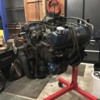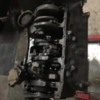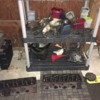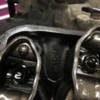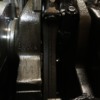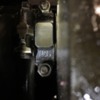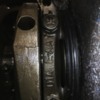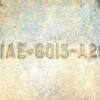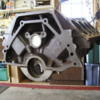Was tearing apart my new project (1979 Ford Bronco) and discovered this D1AE-6015-A2C block,heads, etc. I began to dismantle it and then found that all components are 100% parts matching D1AE-6015-A2C (heads to crank) - Edelbrock Performer 400 intake, so no intake for it. I did a significant amount of research and considered building this engine for my Bronco (going to a stroker with it), but I cannot justify ripping apart a rather rare find. I found a Ford 460 from '69 to power my project instead of this unique piece. I figure there is a Pantera owner that would like a numbers matching engine vs. me gutting it for my project. Please make an offer.
Details:
Comes with entire engine - turns freely, very VERY clean. 100% original rods, crank, block, oil pan, heads, valve covers, etc.
Engine is located in Rockford, Michigan.
I can supply any pictures requested. I will attach pictures of the engine assembled and some of it taken apart.
Attachments
Original Post


